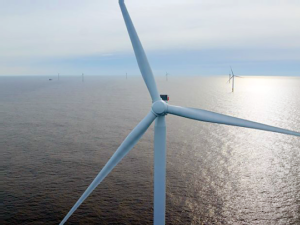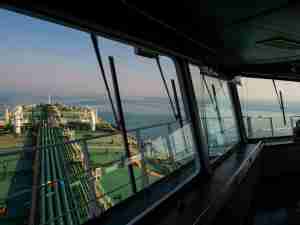Sometimes, timing is everything.
Oil traders increased their bets on higher Brent crude prices by the most since December 2016. Now they stand to profit after a drone attack on a massive Saudi Arabia processing plant cut Saudi production by half. Traders and analysts see prices rising as much as $10 a barrel in the wake of the attack, which took some 5% of the world’s oil supply offline. Almost half of the affected output may be brought back online as early as Monday, consultant Energy Aspects said in a note to clients.
Shaking off a forecast for slower oil-demand growth this year, money managers last week focused on signals from the new Saudi energy minister that he’s committed to the reductions. Investors bowed out of bets on lower prices, increasing net-long positions in Brent crude by 21%, and also piled into bullish wagers on West Texas Intermediate.
A report last week that China may purchase more U.S. agricultural goods was seen to help trade talks, while OPEC and its allies paved the way for potential deeper cuts at its December meeting. Still, Brent sank 2.1% and WTI dropped 3% last week as the departure of U.S. National Security Advisor John Bolton raised the possibility of a thaw in U.S.-Iran relations.
The International Energy Agency said in a report that OPEC and its allies will continue facing challenges in balancing the market as production surges from its competitors. That would include the U.S., where output is set to grow by 1.3 million barrels a day next year at current prices.
Net-length in WTI—the difference between wagers on an increase and those on a decline—rebounded by 20% to 201,168 options and futures in the week ended Sept. 10, the U.S. Commodity Futures Trading Commission said. Long-only bets rose 5.7%, the highest in two months, while shorts fell 31%, the biggest weekly retreat this year.








